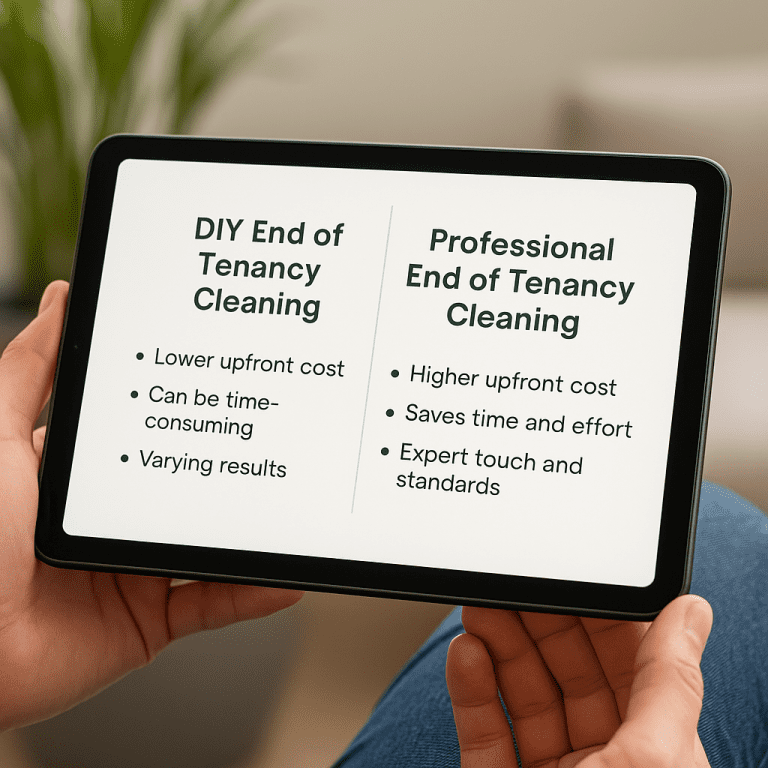Check-In vs. Check-Out Reports: What’s the Difference?
Check-In vs. Check-Out Reports: What’s the Difference?
When it comes to protecting your rental property—and deposit—understanding the difference between check-in and check-out reports is essential. These two documents form the basis of fair, transparent tenancy management and play a critical role in avoiding disputes at the end of a tenancy.
What is a Check-In Report?
The check-in report is created at the start of a tenancy. It captures the condition of the property and its contents, documenting cleanliness, wear and tear, and any existing damage. Most professional inventory companies, like estateServices, include photographic evidence as standard in this report.
- Documents property condition on Day 1
- Includes keys, meter readings, and appliance info
- Signed by both tenant and landlord (or agent)
What is a Check-Out Report?
The check-out report is created when the tenant moves out. It compares the current state of the property against the check-in report, noting any changes, damage, or cleaning issues that have occurred during the tenancy.
- Captures post-tenancy condition
- Highlights missing items or damage
- Used to support any deposit deductions
Why the Difference Matters
Without a comprehensive check-in report, it’s difficult to prove that damage or changes occurred during the tenancy. Equally, a thorough check-out report protects both landlords and tenants by ensuring all changes are fairly and transparently documented.
According to the Tenancy Deposit Scheme (TDS), a lack of evidence is the main reason deposit disputes are lost by landlords. The check-in and check-out reports are the strongest tools in avoiding this.
How to Ensure Both Reports Are Reliable
- Hire an independent inventory company
- Ensure reports include date-stamped photographs
- Make sure both parties review and sign the reports
- Keep copies for at least 6 years
Example of a Typical Timeline
1. Pre-tenancy: Check-in report prepared and signed
2. Tenancy begins: Tenant agrees to recorded condition
3. Tenancy ends: Check-out report prepared
4. Deposit decision: Reports reviewed to justify deductions (if any)
In Summary
Both check-in and check-out reports are essential. They provide a clear record of the property’s condition and form the basis of any deposit negotiation. By using a professional inventory service that includes detailed photography and impartial documentation, landlords and tenants can both feel protected and confident.






